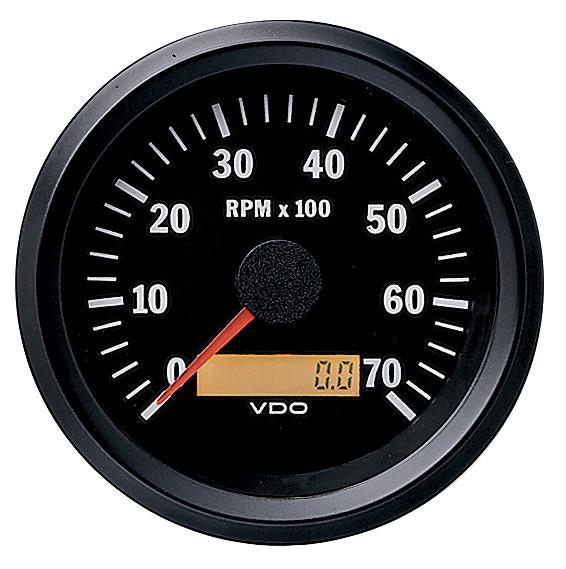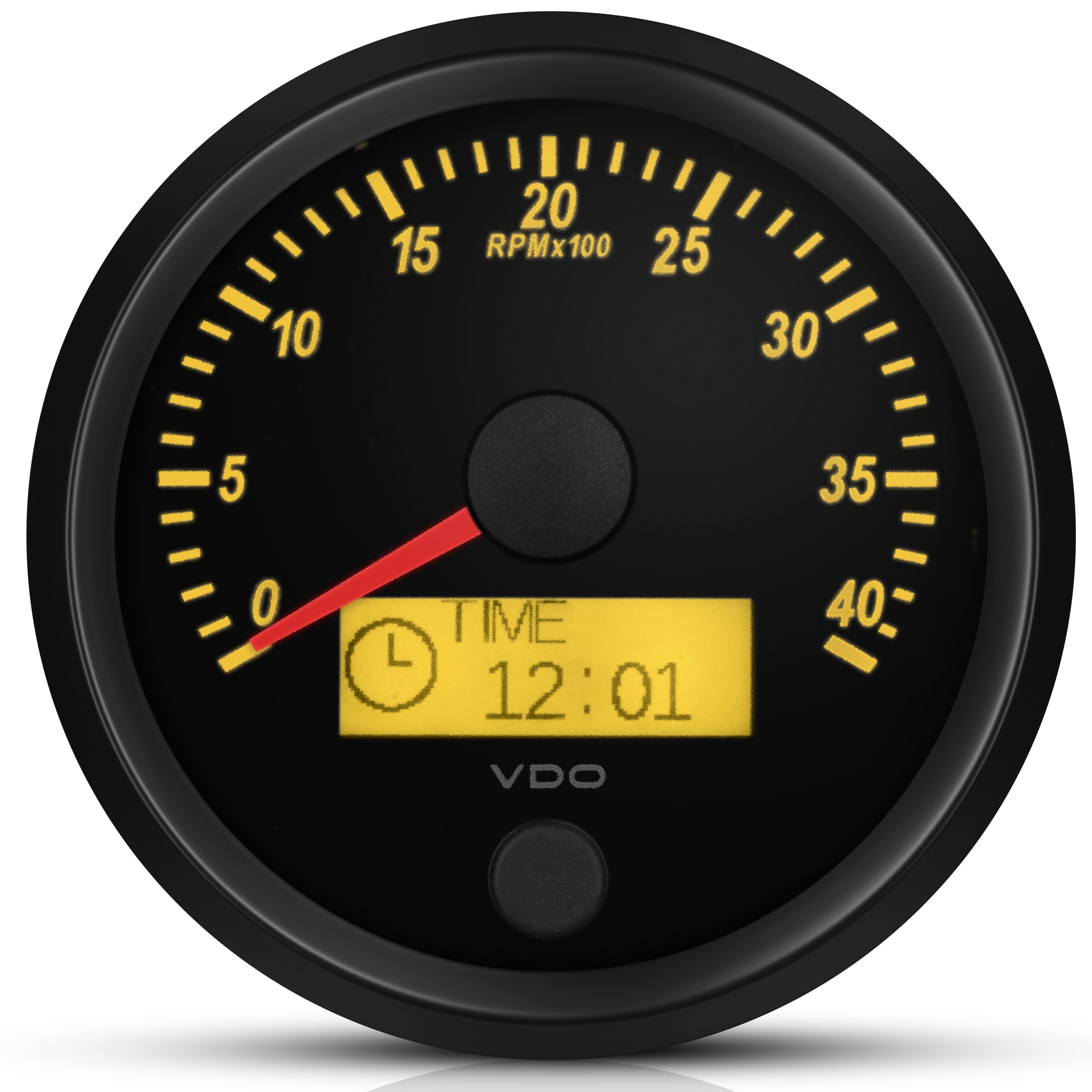The Importance of a Tachometer in Keeping An Eye On Engine Rate and Efficiency in Automotive Applications
In the world of automobile design, the tachometer stands as a critical tool in the vehicle driver's toolbox, offering a direct home window into the inner functions of a lorry's engine. Beyond its function as a mere scale of transformations per minute (RPM), the tachometer offers as a crucial tool for lovers and experts alike, using real-time understandings into engine performance and wellness.
Relevance of Keeping Track Of Engine RPM
Keeping an eye on engine RPM, or transformations per min, is an essential element of automotive upkeep and efficiency evaluation. Engine RPM straight correlates with the rate at which the engine's crankshaft turns, suggesting just how promptly the engine is running - tachometer. By keeping an eye on RPM, auto mechanics can assess the health and wellness of the engine, spot potential problems, and fine-tune performance. An uncommon RPM reading might signal troubles such as engine misfires, malfunctioning ignition system, or problems with the fuel delivery system. Regularly high RPM analyses can show hostile driving habits or the need for a greater gear change to improve gas effectiveness.
Furthermore, monitoring engine RPM is necessary for efficiency assessment in racing and high-performance lorries. In recap, keeping track of engine RPM is not just vital for identifying concerns however also for enhancing engine performance in different vehicle applications.

Benefits of Real-Time Data
In auto applications, real-time information plays a critical duty in offering instantaneous insights into the efficiency and condition of the automobile. By constantly keeping track of different criteria such as engine rate, temperature, gas consumption, and extra, real-time data offers many advantages that add to boosted performance and safety and security when driving.
Furthermore, real-time information helps with efficiency optimization by supplying instant responses on driving habits and engine effectiveness. Vehicle drivers can adjust their actions in real-time based on this info to achieve much better gas economy and prolong the lifespan of their vehicle.

Additionally, real-time data plays a crucial role in modern automotive diagnostics, enabling service technicians to quickly diagnose and resolve breakdowns. This brings about lowered downtime, reduced upkeep costs, and eventually, boosted general automobile integrity and long life (tachometer). By taking advantage of the power of real-time data, auto stakeholders can make enlightened choices that positively impact both the performance and durability of the automobile
Effect On Equipment Shifts
The tachometer plays a crucial duty in enhancing gear shifts by supplying real-time engine speed data to the vehicle driver. When approaching the redline on the tachometer, it signifies the vehicle other driver to upshift to stop over-revving the engine and causing possible damage.
Additionally, the tachometer aids in accomplishing smoother equipment changes, particularly in hands-on transmissions. By keeping track of engine speed, vehicle drivers can implement gear shifts at the ideal RPM variety, minimizing jerking movements and lessening endure the transmission elements. This precision on duty adjustments not just boosts driving convenience but additionally adds to sustain performance.
Enhancing Gas Performance
Offered the crucial duty the tachometer plays in optimizing gear changes for efficiency and engine wellness, it directly adds to making the most of fuel effectiveness in auto applications. By supplying real-time feedback on engine rate, the tachometer helps vehicle drivers in keeping the most reliable RPM range for fuel economic situation. When drivers continually check the tachometer and readjust their driving behaviors accordingly, they can avoid unneeded fuel intake brought on by over-revving or hauling the engine.
Additionally, the tachometer assists chauffeurs identify one of the most fuel-efficient gear to be in at any kind of given minute, preventing the engine from working tougher check my reference than necessary. This is specifically important throughout velocity and cruising, where remaining in the best equipment can considerably influence gas effectiveness. In addition, the tachometer can notify drivers to prospective mechanical issues that can be adversely influencing fuel economic climate, such as a slipping clutch or a blocked air filter. In final thought, the tachometer functions as a beneficial tool in improving fuel effectiveness by promoting optimum driving habits and identifying areas for improvement in the car's performance.

Maximizing Engine Durability
The tachometer's duty in keeping an eye on engine speed and efficiency is important in making sure the longevity of automotive engines. By using the tachometer effectively, drivers can optimize engine durability through conscious RPM administration. Consistently revving an engine too expensive can lead to excessive wear and tear on crucial components, such as the pistons, shutoffs, and bearings. With time, this can cause decreased engine performance and prospective breakdowns. Keeping track of the tachometer allows vehicle drivers to stay within the advised RPM range for their car, stopping unnecessary stress on the engine and expanding its life expectancy.

Conclusion
To conclude, the tachometer plays a vital role in keeping track of engine speed and performance in site automobile applications. By providing real-time information on RPM, it enables efficient equipment shifts, enhanced fuel efficiency, and maximized engine durability. This tool is crucial for preserving optimum engine efficiency and making sure the overall functionality of a vehicle.